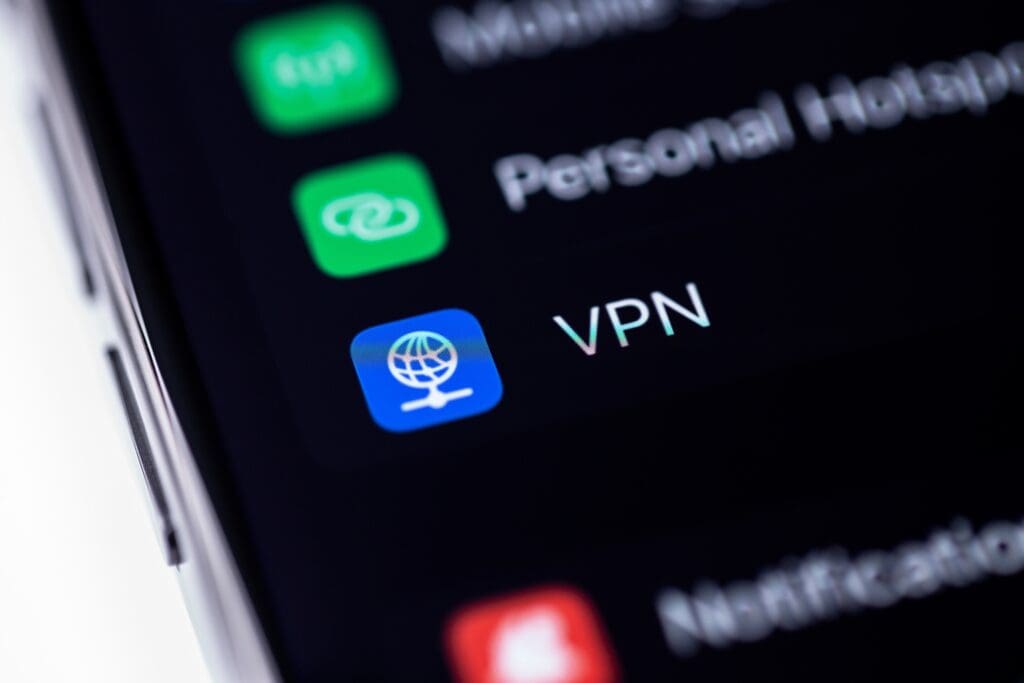Travellers face serious cyber threats every time they log on to public networks
The digital convenience of modern travel comes with hidden dangers. Airports now offer free WiFi across terminals, but as public networks, they’ve become one of the riskiest places to go online. Each year, millions of travellers unknowingly expose their personal data and financial information to cybercriminals simply by connecting.
A 2025 Panda Security survey found that more than one in three Americans have experienced or suspected a security incident after using public WiFi, highlighting how easily hackers exploit these networks. As more people work remotely and depend on constant connectivity, cybercriminals are adapting to target travellers who feel they have no choice but to log on. Even a quick email check can open the door to data theft, malware, or identity fraud.
“Most people don’t realise they’re handing over their digital keys the moment they connect to airport WiFi,” warns Pete Cannata, COO of Atlantic.Net, a leading global managed hosting and cloud services provider specialising in security and compliance-driven infrastructure. “These networks are built for convenience, not security, and that makes them extremely dangerous.”
With cyberattacks rising and travellers increasingly reliant on connectivity, understanding the risks of public WiFi has never been more important. Below, Cannata explains how these networks operate, the threats they pose, and how to stay safe.
How Public WiFi Networks Leave You Exposed
Airport WiFi networks operate fundamentally differently from your home network. When you connect at home, your router encrypts data and requires a password that acts as a security barrier. Public networks, by contrast, are built for mass access with minimal friction.
“These networks are essentially shared highways where everyone’s data travels together,” Cannata explains. “There’s no authentication process, no verification of who’s connecting, and often no encryption protecting your information as it moves through the air.”
This open architecture creates multiple vulnerabilities. Anyone within range can monitor network traffic, and because these networks serve hundreds or thousands of users simultaneously, hackers can easily blend in while scanning for valuable data.
Even more concerning are spoofed hotspots, which are fake networks set up by criminals that mimic legitimate airport WiFi. A traveller might see “Airport_Free_WiFi” and “Airport-Free-WiFi” listed as available networks and have no way to distinguish the real one from the trap. Once connected to a fake network, every piece of data you send is visible to the person running it.
The Real Risks of Connecting
The threats posed by airport WiFi go far beyond theoretical concerns. Cannata lists the main dangers travellers face:
- Data Interception
When you connect to an unsecured network, hackers can use readily available software to capture the data flowing between your device and the websites you visit. This technique, known as “sniffing”, can reveal passwords, credit card numbers, email contents, and other sensitive information.
“Even if you’re just browsing, attackers can see which sites you visit and potentially hijack your sessions,” Cannata says.
- Malware Injection
Public networks provide an easy pathway for cybercriminals to push malicious software onto your device. This can happen through compromised file-sharing settings or fake software update prompts that appear while you’re connected. Once installed, malware can log your keystrokes, access your files, or turn your device into part of a botnet.
“We’ve seen cases where travellers downloaded what they thought was a routine security update while on airport WiFi, only to have ransomware lock their entire system,” Cannata notes.
- Session Hijacking
Most websites use cookies to keep you logged in as you navigate between pages. On an unencrypted network, hackers can steal these session cookies and use them to impersonate you on banking sites, email accounts, or social media platforms.
Cannata warns: “They don’t need your password, just the temporary credentials your browser is broadcasting over the public network.”
- Identity Theft
The combination of intercepted personal information, stolen credentials, and captured financial data creates a perfect storm for identity theft.
Criminals can use details gathered from public WiFi sessions to open fraudulent accounts, make unauthorised purchases, or even file fake tax returns in your name.
- Credential Reuse Attacks
Most people use the same password across multiple accounts. When a hacker captures your login for one site over public WiFi, they’ll systematically try that username and password combination on banking sites, email providers, and other high-value targets.
This technique, called credential stuffing, turns one stolen password into access to your entire digital life.
Safer Ways to Stay Connected
According to Cannata, travellers don’t have to sacrifice security for convenience. “A few simple choices can make all the difference,” he says.
- Use a Mobile Hotspot: Create a personal network through your phone’s cellular data. It’s encrypted, authenticated, and far safer than shared WiFi.
- Enable a VPN: A reputable Virtual Private Network encrypts your traffic so anyone monitoring public WiFi sees only scrambled data. “If you absolutely must use public WiFi, a VPN is non-negotiable,” Cannata adds.
- Try a Secure Roaming SIM: Frequent travellers can use multi-country data SIMs that connect directly to mobile networks, avoiding public WiFi altogether.
These options cost little compared to the potential fallout of a stolen identity or hacked account.
Pete Cannata, COO of Atlantic.Net, commented: “The travel industry has made connectivity a standard expectation, but they haven’t addressed the security gaps that come with it. Travellers assume that because a network is provided by the airport, it must be safe. That assumption puts them at risk every time they connect.
“The reality is that protecting yourself takes just a few simple steps. Use your phone’s hotspot, invest in a quality VPN service, or pay for secure roaming data. These options cost far less than dealing with a compromised bank account or stolen identity. When you’re travelling, your cybersecurity should be as important as your physical luggage. You wouldn’t leave your bags unattended, so don’t leave your data unprotected.”


